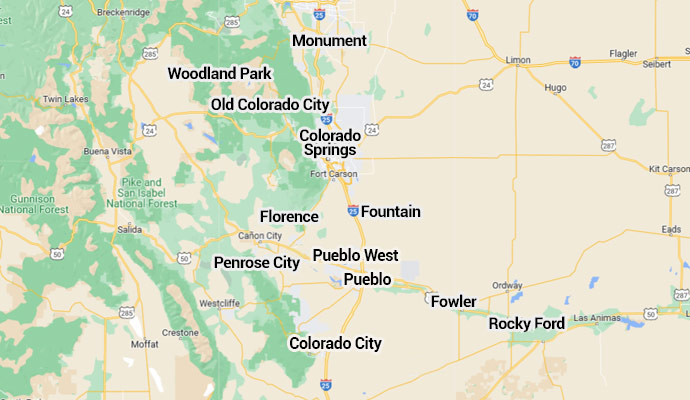How is Vermiculite Related to Asbestos?
Have you heard of vermiculite? It’s a mineral that looks somewhat like mica. The first report of it is in the early 1800s. It’s an unusual mineral as when it’s subjected to very high heat, it expands up to 30 times its original size. The end product is a material that won’t burn, can not easily conduct heat, is sterile, lightweight, absorbent, not affected by most acids, and blends well with many products during the manufacturing process. It has long been and is yet today used in many materials, such as:
- Insulation in homes and industrial furnaces
- Fire protection products
- Automobile brake linings
- Packaging material that’s used to ship hazardous products
- Gardening applications as it helps to retain water and nutrients and aerates the soil, resulting in healthier plants

Is Vermiculite Safe?
On its own, yes, it is very safe. But the same natural processes that create vermiculite in the earth also produce asbestos, so they’re usually found close together. This sometimes causes vermiculite to be mixed with asbestos fibers.
The majority of vermiculate that was used in the 20th century was mined in Libby, Montana. That mine happened to be close to a huge asbestos mine. But the Libby mine was shut down in 1990 and since then vermiculite production is much safer. Plus, companies today must test for and only sell vermiculite that’s asbestos free.
Is Vermiculite Insulation in Your Home?
While the Montana mine was open, vermiculite contaminated by asbestos was manufactured into insulation and used all over North America. This pebble or nugget-shaped insulation was poured between walls and between joists in attics. One of the biggest distributors was a company called Zonolite and its product was usually gray-brown or silver-brown. The United States Geological Survey (USGS) believes that a million American homeowners have vermiculite insulation lying in their attic. You should treat any vermiculite insulation carefully but be most concerned about any that was installed from 1920 to 1991 as it has a much higher risk of containing asbestos.
How to Protect Yourself from Asbestos Contaminated Insulation
If you believe the insulation in your attic and walls is made with vermiculite (and the EPA suggests that you assume it does), don’t disturb it in any way, shape, or form. If it contains asbestos fibers, they’ll become airborne and a simple dust mask won’t be enough to keep you from inhaling them.
Some other safety tips are:
- Don’t cut into your walls to find out if vermiculite is there
- Don’t let children play in the attic
- Don’t use the attic for storage
- Don’t attempt to remove the vermiculite yourself
- If there are any holes in your walls or ceiling, have them repaired immediately
- If you think you’ve been exposed to asbestos, contact your doctor
Any remodeling or repairs you plan to make to your Colorado home will likely disturb its insulation. So hire Cyclone Kleen Up, an accredited and professional asbestos removal and remediation company, to test for asbestos first. To do so, they wear personal protective equipment that includes full face masks with HEPA filters. They’re also knowledgeable about the best testing methods. For instance, with asbestos-contaminated insulation, they know that over time the asbestos fibers sink to the bottom of the insulation layer and concentrate near the floor. They recognize that this is the best area to sample from.
If asbestos is found in your Colorado home or business, Cyclone Kleen Up will safely and efficiently remove it and then clean the area to assure that no asbestos fibers remain.
For safe asbestos abatement and removal in Pueblo, Colorado Springs, or surrounding cities and need an asbestos inspection for your commercial or residential property, contact Cyclone Kleen Up today. They’ll determine the right test for you and your needs!






